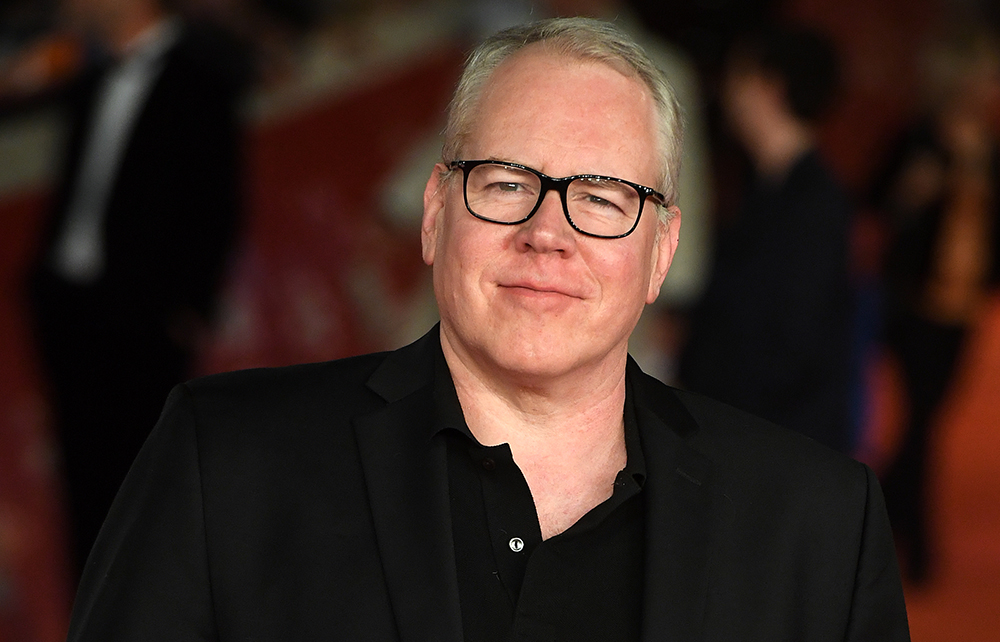Bret Easton Ellis’s novels were my literary gateway drug when I was young, the stylised bleakness of his debut Less Than Zero a model for my own writerly aspirations. He was a wunderkind. The fact that he’d written his first novel while still a teenager seemed incredible to me as I read and re-read it: a book with little plot but with so much life.
The Shards can be usefully thought of as both a prequel to Less Than Zero and a presentation of the atmosphere and circumstances that brought that novel into being. Ellis has spent much of his career exploring the territory between fiction and autobiography. Lunar Park (2005) was a kind of faux autobiography, while Imperial Bedrooms (2010) followed the semi-autobiographical protagonist from Less Than Zero into middle age. Now, instead of Clay Easton, the narrator of The Shards is called Bret Easton Ellis, although it would be a mistake to think this brings the novel closer to something like historical truth.
The Shards is preceded by a prologue full of slightly overwrought foreshadowing. Writing the novel has, we read, pushed Ellis to the point of breakdown. Merely recalling the terrible things that happened during the ‘awful year’ of 1981, when Bret was 17 and beginning his final year at Buckley School, was enough to send him to hospital with a panic attack. We understand from this prologue that the novel is a form of extirpation – an attempt to cauterise 40-year-old wounds and return to the era in which Ellis was working on his first novel.
Children abandoned by pill-popping parents medicate themselves with champagne, cocaine and mindless sex
We then roll back to the hyper-privileged world of Buckley School. It’s a bleak vision of early 1980s adolescence.








Comments
Join the debate for just £1 a month
Be part of the conversation with other Spectator readers by getting your first three months for £3.
UNLOCK ACCESS Just £1 a monthAlready a subscriber? Log in